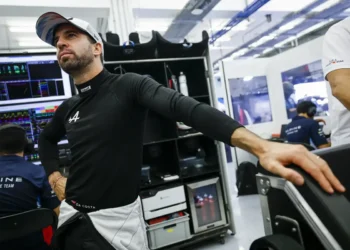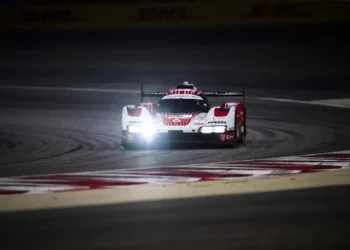Formula 1 Shakeup: New Rules in 2026 to Equalize Power Units
In a groundbreaking move, Formula 1 is set to revolutionize its power unit regulations for the 2026 season. The FIA and Formula 1 officials engaged in intense discussions with teams to devise a strategy that would prevent any single engine supplier from dominating the competition, harkening back to the Mercedes era of 2014.
The forthcoming 2026 rules will see a significant shift in the power unit landscape, with an equal distribution between combustion and electrical power output. These engines will also be mandated to operate using sustainable fuels, marking a pivotal moment in F1’s commitment to environmental sustainability.
Concerns have been raised about the potential imbalance that could arise among engine manufacturers under the new regulations. To address this, proposals have been put forward to provide struggling suppliers with mechanisms to catch up to their competitors. Possible solutions include granting additional dyno testing hours or increasing the budget cap allowance for underperforming entities.
Leading manufacturers such as Ferrari, Honda, Mercedes, Audi, and Ford, in partnership with Red Bull’s Powertrains division, are expected to be the key players in the 2026 power unit lineup. However, tensions have surfaced regarding the allocation of electrical energy within the new power units. There are apprehensions that the batteries may not hold enough energy to sustain high-speed straight runs throughout races.
To tackle this issue, discussions have centered around tweaking the energy management strategy for 2026. Suggestions have been made to adjust the power output ratios in race trim on specific tracks with extended straight sections, like Monza or Las Vegas. Mercedes team principal Toto Wolff has voiced discontent with proposals to reduce the emphasis on electrical power, indicating potential conflicts on the horizon.
In a bid to ensure a level playing field and avoid a repeat of past dominance scenarios, the FIA and Formula 1 are committed to refining the energy management strategy for 2026. Measures will also be implemented to address any financial challenges that power unit manufacturers may encounter due to performance or reliability issues.
As the countdown to the 2026 season continues, the motorsport world eagerly anticipates the groundbreaking changes set to reshape the future of Formula 1.










